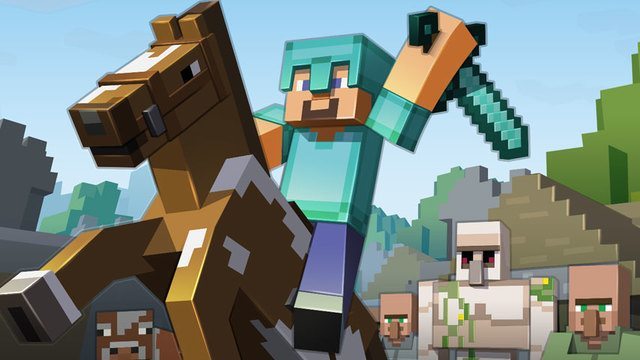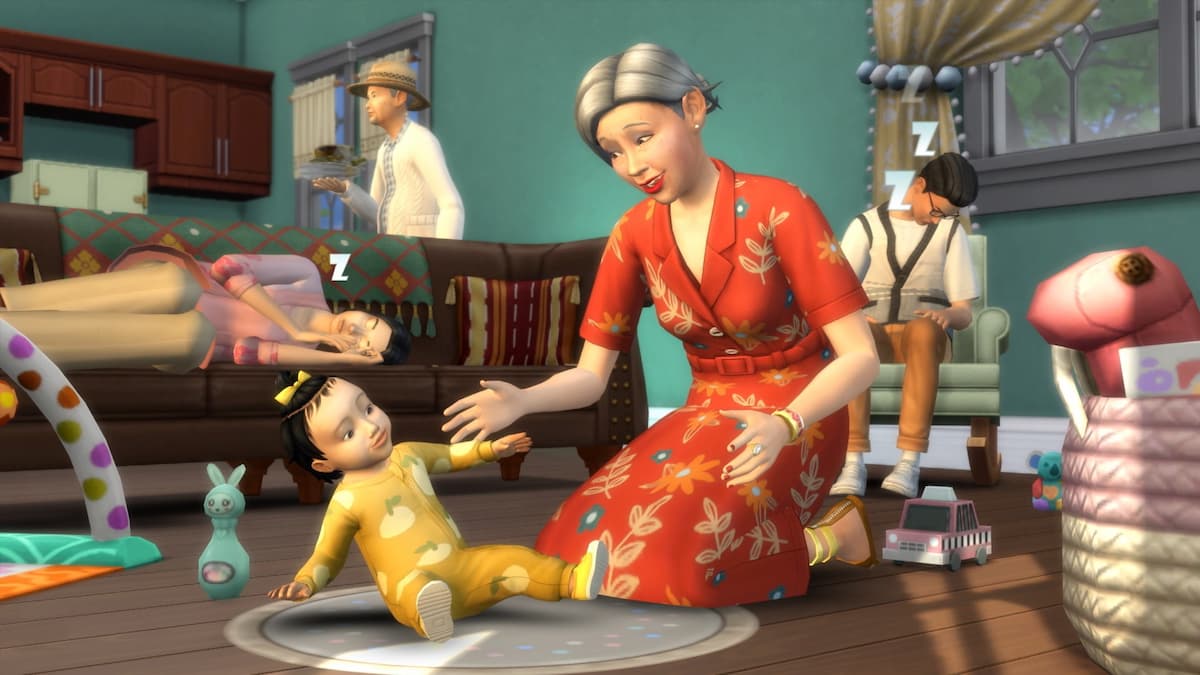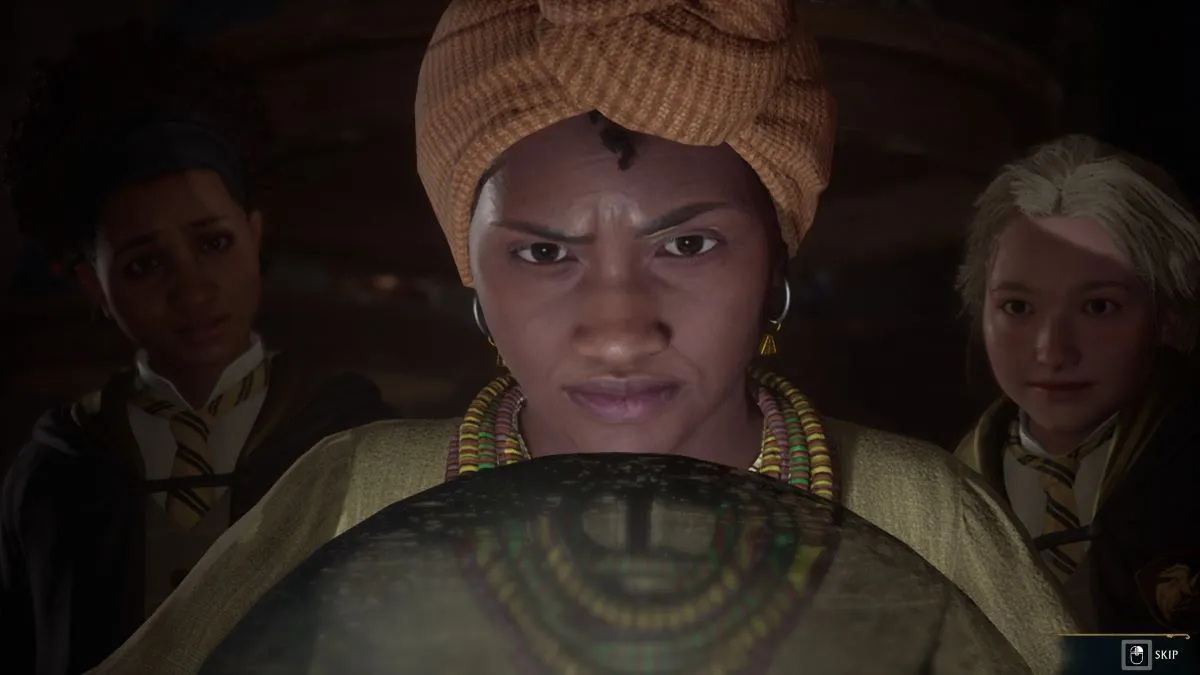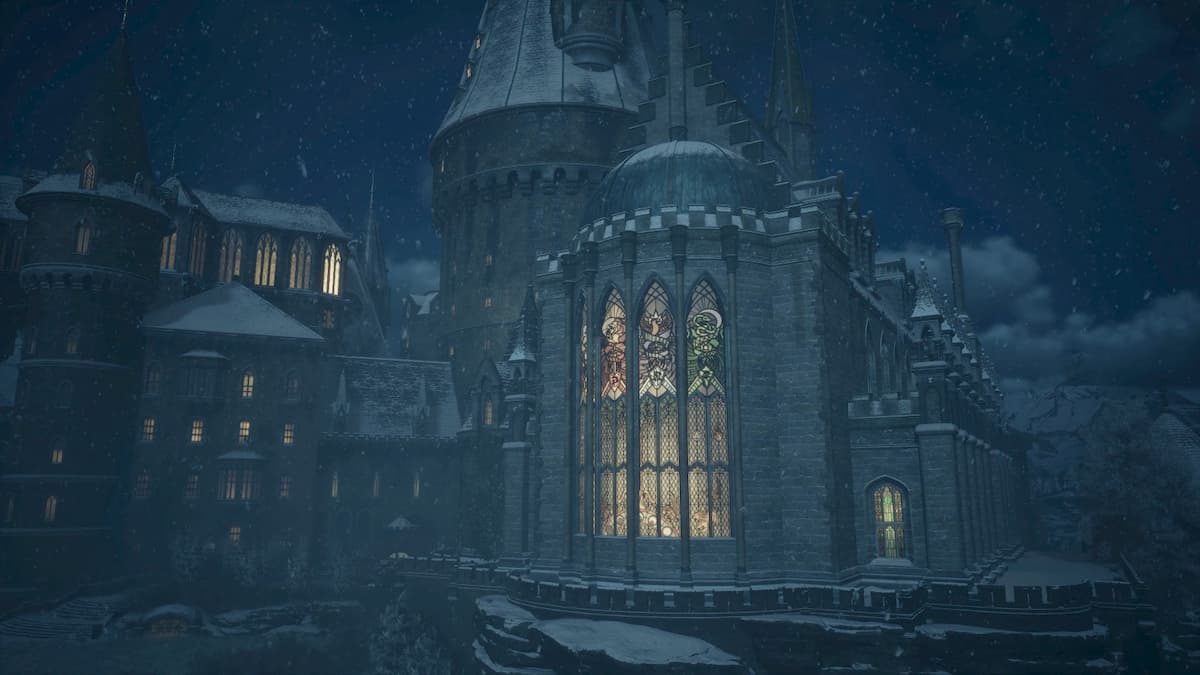Since the rise of home console gaming, the term video game has come to cover a spectrum as wide as that of the word book. With the rise of virtual reality headsets, independent developers, digital distribution, and the ubiquitous mobile device, video games have never been more diverse, nor as universal.
And with this diversity comes an overwhelming variety in genres and forms of gaming; for every extra-violent FPS (first-person shooter), there is a tranquil FPX (first-person experience). For every complex Civilization V, there is a mindless Candy Crush. Comparing these games feels ludicrous; quite literally, the only common trait between these titles is that they are games.
Or are they? The increasing diversity and ubiquity of the video game calls the established nomenclature into question. Though the single concept of video game has come to cover any visual computer software designed to entertain, the latter half of this compound word (often spelled videogame) has become problematic. What specifically makes a video game a “game?” Interactivity? Competition? Entertainment value? Finding a universally similar attribute between every title commonly referred to as a game proves to be a difficult and complicated (if not impossible) task in this day and age.
The late Satoru Iwata was the first to coin the term “nongame.”

The Oxford Dictionary’s definition of the word game gives us our first bit of criteria to explore: a form of competitive activity or sport played according to rules. Competition might be the greatest and most prominent unifying element in all video games. Whether in a bout of Super Smash Bros. with friends, a race against hastening Tetris blocks, or a battle of stats and skill against Sephiroth’s final form, gamers are more often than not striving for victory and superiority over others.
During their time off from establishing superiority over friends and AI, however, those same gamers may choose to roam the streets of Shropshire in Everybody’s Gone to the Rapture, navigate through the choose-your-own-adventure story of Three Fourths Home, or build a fully functional computer in Minecraft. These nongames are not competitive by nature, but rather focus on elements like narrative, creativity, and free-form exploration (the last two specific to Minecraft).
Interactive Art
In nongames like Everybody’s Gone to the Rapture and Gone Home (commonly referred to as walking simulators), goals are mostly navigational; go from point A to point B and discover plot points on the way. Rather than offering the player combat systems to master, puzzles to solve, or any other interactive challenges to overcome, these virtual worlds act as conduits for each game’s story. With a complete lack of skill or strategy-based challenges, interactive art pieces like Everybody’s Gone to the Rapture fall into a category removed from the traditional label of game.
Another narrative-based nongame, Three Fourths Home removes itself even further from model video games. Unlike the “walking simulator,” Three Fourths Home features little to no gameplay at all. Besides holding a single button to “drive,” the only other interactivity present takes form in a conversation simulator. While driving home in a storm, the player dictates the protagonist’s mood, relationships, and overall character by choosing between multiple pre-written dialogue blurbs. Each response opens up unique branches of dialogue.
Three Fourths Home and Gameplay
This form of gameplay is not entirely unique. Long before the rise of the home console, or even the arcade game, text-adventure games stood as one of the few forms of entertainment in the late ‘70s – early ‘80s to be known as a video game. Games like Colossal Cave Adventure, The Wizard and the Princess, and Zork existed entirely in text form. Scenarios were conveyed to the player and would present puzzles that were solved by typing two to three-word actions like “open door” or “slay the dragon.”
SPOILERS for Three Fourths Home directly below.
Though the format of Three Fourths Home appears congruent with the text-adventure genre, the nongame’s narrative reveals a dichotomy. In text adventures, the outcomes of every interaction between the game and its player result in either failure or success. At the end of Zork, for instance, the player is given a score out of 616 points. Three Fourths Home gives the illusion of choice by allowing the player to choose what Kelly (the protagonist) says, but ultimately comes to the same end. Like Everybody’s Gone to the Rapture, you are free to explore and discover, but only as a observer. Participation is permitted, but expect no ramifications.
Software Toys
The indie game phenomenon from Mojang shares this dissimilarity to traditional games, though with a drastically different format. Upon starting a game in Minecraft, the player is given very little instruction besides a control-scheme tutorial and occasional crafting hints. No overarching series of goals and objectives is given in game. Instead, the player is dropped into the gameworld, given a brief introduction to its rules, and is then granted absolute freedom to explore, harvest, build, or destroy.
Unlike aforementioned games, Minecraft is not void of challenges or competition. Through a minimalistic combat system, players may do battle with zombies, skeletons, giant spiders, or other players. There are riches to be gained, glories to be had, and epic adversaries to be sought out. But this is what distinguishes Minecraft’s objectives; they must be sought out by the player. Objectives are set and pursued on the player’s terms, not the game’s. Technically speaking, nearly any video game can be experienced in this way, but Minecraft’s encouragement of playstyle freedom is quite novel. While some players create adventures filled with treasure-hunting and monster-slaying, others use the game as a creation tool for building towns or making fan art. Some choose to explore their worlds on their own, and others treat the game as a multiplayer brawler. Excuse the cliché—Minecraft is a platform of endless possibilities and playstyles.
But is it a game? Executive editor at IGN Dan Stapleton once said on a gaming podcast “It’s not a game, it’s a toy. Games have a beginning, middle, and end.” Though Minecraft does feature a playable area known as The End, wherein players do battle with mobs of Endermen and the giant Ender Dragon, this portion of the game was added after the game’s official release, and does not seem to represent a closing to an overarching, cohesive gaming experience. Though calling Minecraft a toy does not necessarily disparage it, the interpretation does shed light on the antiquated nature of such labels. Perhaps this need for linearity in games is an outdated sentiment, or maybe this medium has simply outgrown its archaic title.
Games vs. Nongames
Using the term game to describe a piece like Everybody’s Gone to the Rapture, Three Fourths Home, Unfinished Swan, or Gone Home can be a detriment to its reception (as an established super-phenomenon, Minecraft need not worry). If players go into these virtual experiences with expectations associated with traditional video games, it can lead to unfavorable reviews and irrelevant feedback.
Though these titles easily fall under the broad umbrella term of video game, they are in fact not games at all. Minecraft can be a platform for games, or it can be a creation tool used for designing housing structures, or a palette for a piece of fan art. Three Fourths Home serves to tell a harrowing and definite story of loss and regret. It cannot be changed by player agency, and it does not present any challenges of skill.
These are not games.
Establishing a new title for these interactive art pieces seems unrealistic, as convenience and familiarity will always trump accuracy and progressiveness. However, it is still important to recognize these “video games” for what they are, and to acknowledge their achievements in spite of whatever petty criterion they fail to meet.










Published: Dec 7, 2015 01:41 pm